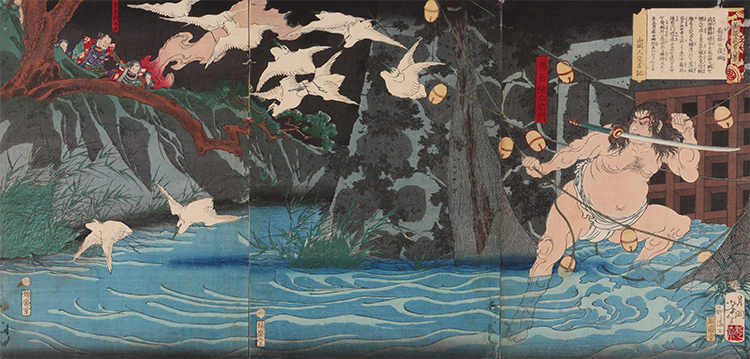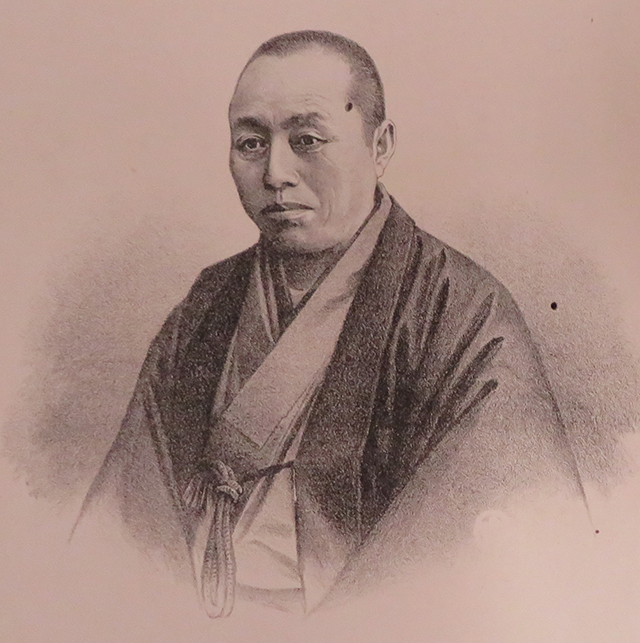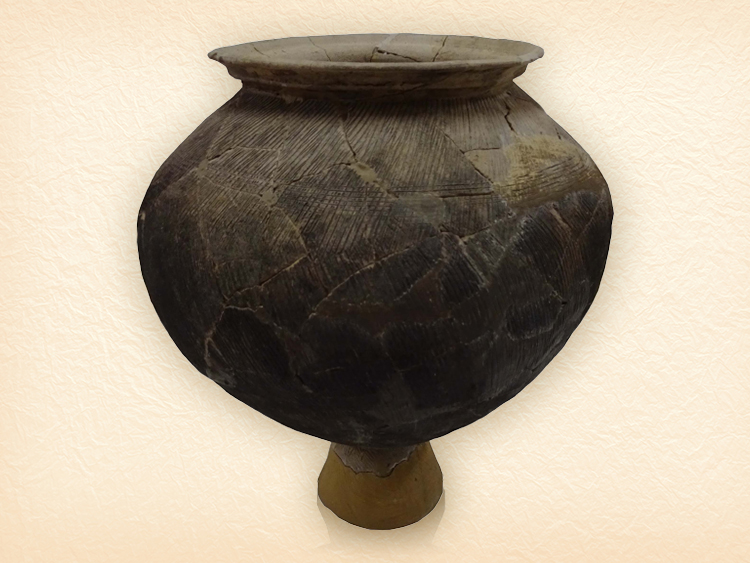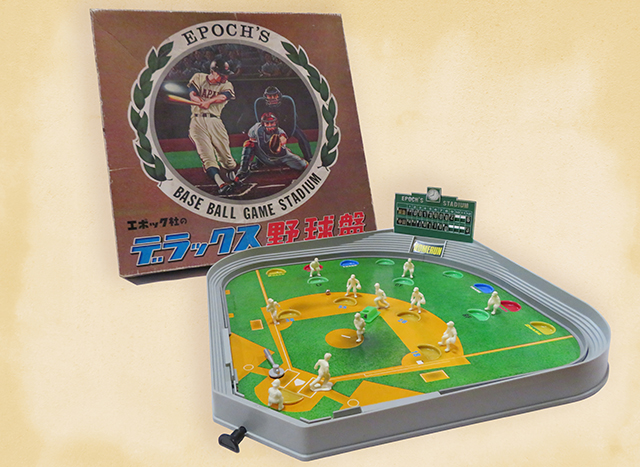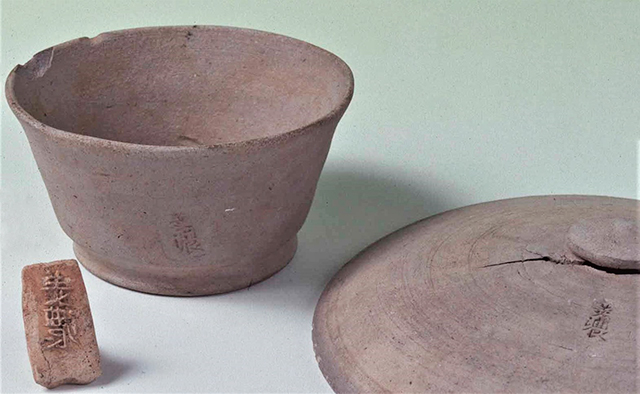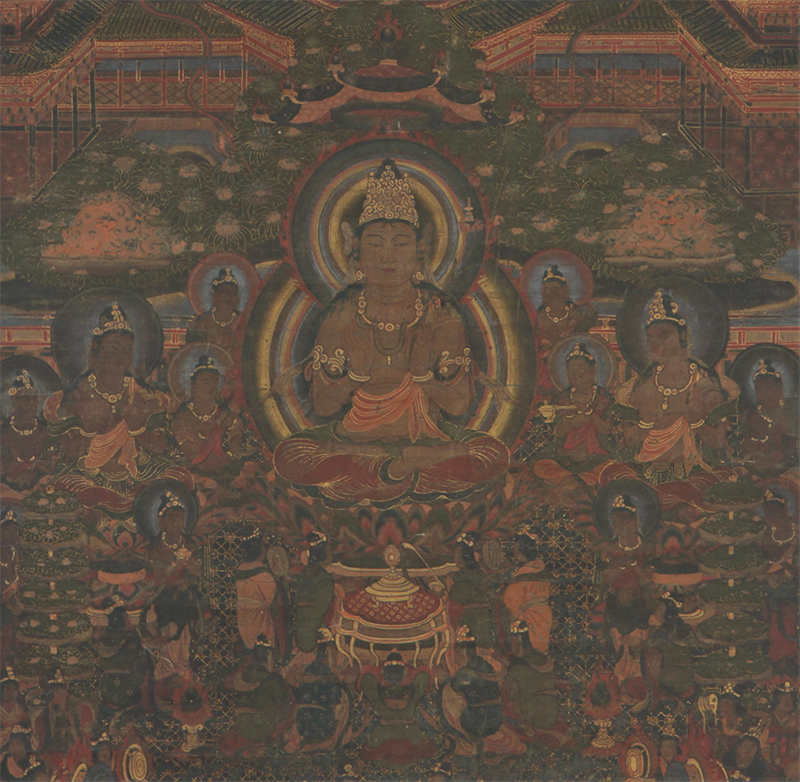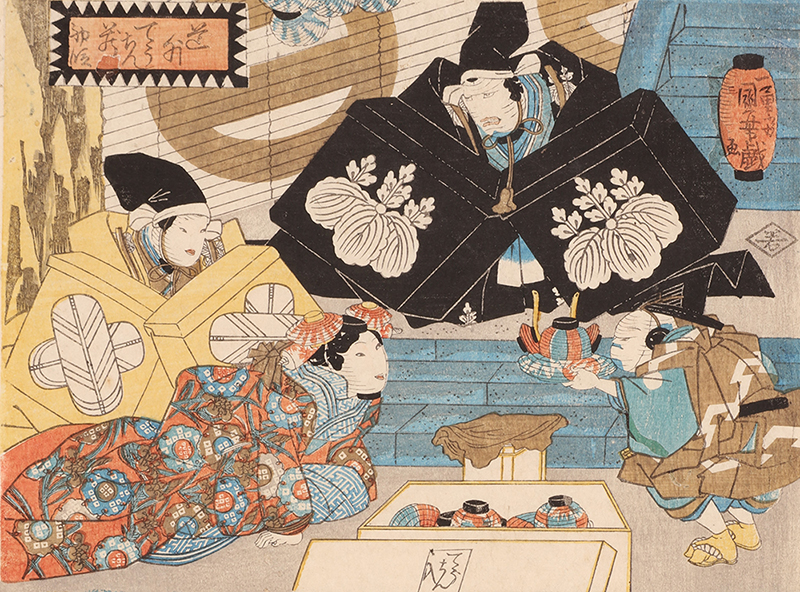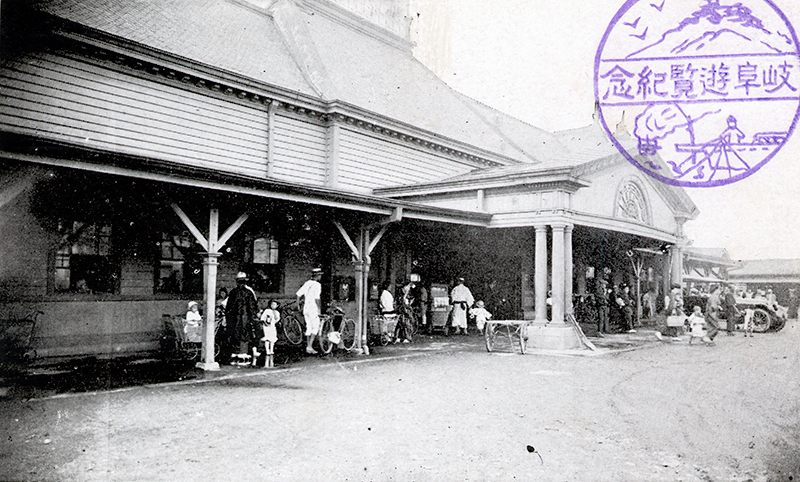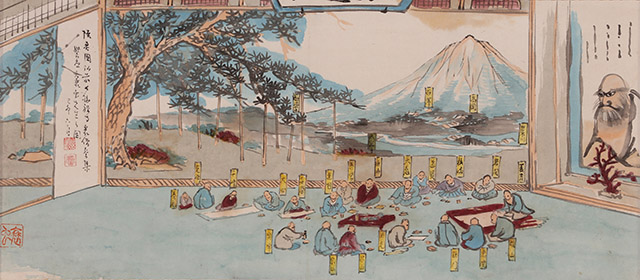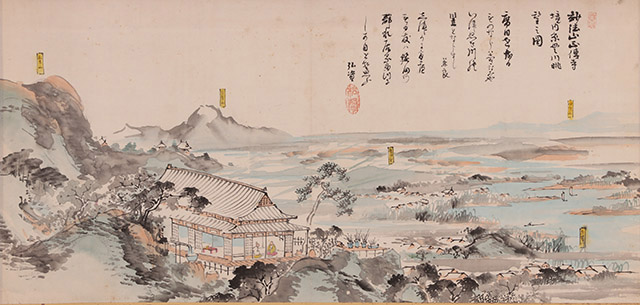- HOME
- 전시·이벤트
- 특집전시
특집전시
2024년도 전람회
-
-
개최 중
Special featured exhibition
The clock is ringing, it’s calling!
June 1 (Sat) – July 28 (Sun), 2024
Tick-tock, tick-tock, bong-bong. As sung in the 1937 nursery rhyme “The Early Riser’s Clock,” spring-driven pendulum clocks were cherished by many people at the time. In conjunction with “Time Day” on June 10, we introduce various clocks from our collection, ranging from the Edo period to the Showa era, including these iconic “bong-bong” clocks.
-
-
종료
Special featured exhibition
Gifu’s Ancient Tombs
April 6 (Sat) – May 26 (Sun), 2024
There are currently about 80 tumuli clusters in Gifu City, and more than 300 tumuli have been confirmed in detailed site distribution surveys. This exhibition introduces the tumuli in Gifu City through artifacts unearthed from Yayoi Funkyubo (mound burials) and tumuli from the late Yayoi period to the Kofun period.
Please also see the currently ongoing planned exhibition, “All We Know About Gifu’s Ancient Tombs,” in conjunction with this.
2023년도 전람회
-
-
종료
Special featured exhibition
Ceramic Ware in the Foothills of Mt. Kinka
January 27 (Sat), 2024 – March 31 (Sun), 2024
Ceramics production flourished in the foothills of Mt. Kinka from the Edo period to the early Showa era, driven by individuals with a taste of refinement, such as Kuroda Rokuichiro and Ando Hyakkyoku, officials of the Gifu Magistrate's Office, Fukuda Kyokusui who established the brand “Kinkazan-yaki,” and Hayashi Kozo, a connoisseur of tea. This exhibition showcases a glimpse of cultural activities in the Mt. Kinka area through their works.
-
-
종료
Special featured exhibition
Powerful Design in Compact Packages
—from cigarette package designs—November 25 (Sat), 2023 – January 21 (Sun), 2024
Package designs serve as the face of the product, featuring a variety of motifs. Among them are cigarette packages. Rooted in everyday indulgence, the package designs have tactfully captured the social atmosphere, incorporating elements from different eras, events, holidays, and scenic landmarks from different regions. These designs have been at the forefront of their time, not only delighting people's eyes but also exerting a significant influence on the evolution of package design, connecting the past to the present. We will now introduce you to this enchanting world.
-
-
종료
Special featured exhibition
Musha-e (Ukiyo-e prints of warriors)
—Heroes of the Warring States period depicted in the era of peace—October 7 (Sat) – November 19 (Sun), 2023
In the Edo era, “Musha-e” (Ukiyo-e prints of warriors) became a popular genre of art that depicted heroic figures from military tales and legends.
It became one of the trending genres within the world of Ukiyo-e. In this exhibition, we showcase Musha-e featuring famous warriors in the Sengoku (Warring States) period, including Saito Dosan, Oda Nobunaga, Toyotomi Hideyoshi, and more. Through this art, we introduce the heroic imagery that people in the era held in high regard.
-
-
종료
Special featured exhibition
The people who took on the challenge of river restoration
—The modern flood control projects in Mino—August 11 (Fri/Holiday)–October 1 (Sun), 2023
The flowing of the rivers Nagara, Kiso and Ibi, through the Nobi Plain have provided abundant blessings from antiquity, yet the area has always been plagued by frequent flooding. During the Edo period (1603–1868), vigorous flood control projects were carried out by the shogunate and feudal domains, but they were unable to completely eliminate water-related disasters. Even during the Meiji era (1868–1912), the promotion of flood control projects remained a significant challenge for the people living in the Kiso Three Rivers basins.
In this exhibition, we will introduce the prominent figures who dedicated themselves to the river restoration in the Nobi region, such as Johannis de Rijke, Katano Manemon, Kanamori Kichijiro, and Yamada Seizaburo. Alongside them, we will also showcase modern flood control projects in Mino.
-
-
종료
Special featured exhibition
Tools of the Great Past
—Life and Food—May 27 (Sat)–August 6 (Sun), 2023
The photo shows a jar with a footed base and a S-shaped rim that was used for boiling and cooking during the early Kofun period, excavated from the Shironouchi Ruins in Gifu City. It was made very thin compared to earlier earthenware, allowing heat to be transferred easily. The shape, size, and materials of such tools have changed significantly with changes in people's lifestyles and technological advances. In this exhibition, you will see a wide variety of tools related to "food" from the Jomon period onward, with a focus on artifacts excavated from archaeological sites in Gifu City.
2022년도 전람회
-
-
종료
Special featured exhibition
A Treasure Chest of Retro Toys
January 14 (Sat)−March 19 (Sunday), 2023
From the mid-Meiji period (1868-1912) onward, mass-produced, factory-made, stylish toys began to replace regional folk toys. The toy industry developed remarkably, incorporating new materials such as tin, rubber, and celluloid, as well as a new power source known as the spring. This development enabled Japan to overcome its period of stagnation caused by the war, and toys became a driving force in the postwar Japanese economy as the star of the export industry.
The material revolution and usage of plastic and vinyl accelerated the mass production and mass consumption of toys. New toys were sent out into the world, one after another. This exhibit introduces retro toys from the Showa period (1926-1989), mainly from the 1950s to the 1980s.
The photo shows a baseball themed board game. A popular baseball board game was released by Epoch Co., Ltd. in 1958. This series continues to add new features and is still sold today—including games such as “Disappearing Magic Ball,” “Slugger,” and “3D Ace”. The exhibited game has a stand added.
-
-
종료
Special featured exhibition
Sue Ware from Gifu
November 5 (Sat), 2022 − January 9 (Mon/Holiday), 2023
Sue ware is a type of hard stoneware that was introduced to Japan from the Korean Peninsula after the Kofun period (ca.250−700) . Unlike Jomon, Yayoi, and Haji pottery that had been fired in fields or in simple kilns, sue ware was fired at high temperatures in full-scale kilns built on the slopes of mountains.
Sue ware was used daily in ancient settlements, and was also a major grave good buried in the Yokoana-shiki stone chambers of burial mounds—resulting in the creation of uniquely-shaped, decorative sue ware pieces. In the Nara period (710−794), many sue ware kilns were built in the area between present-day Gifu City and Kakamigahara City—previously one of the largest pottery production areas in Japan.
This special featured exhibition introduces the diversity of Gifu’s sue ware through artifacts excavated from ancient burial mounds and kiln sites.
-
-
종료
Special featured exhibition
Gifu’s Buddhist Paintings
September 17 (Sat)−October 30 (Sun), 2022
This exhibit introduces excellent Buddhist paintings that have been handed down in Jodo Buddhist temples throughout the Gifu region.
Important Cultural Property, Tushita Mandala (a section)
Kamakura period to the Nanbokucho period, 14th century, owned by Seiganji Temple (Gifu City)
Exhibition Period: September 17 (Sat)−October 10 (Mon, Holiday), 2022 -
-
종료
Special featured exhibition
The World of Utagawa Kuniyoshi
August 20 (Sat)−September 11 (Sun), 2022
Works by the artist of Ukiyo-e woodblock prints in the late-Edo period, Utagawa Kuniyoshi, are filled with fantastical ideas and humor―continuing to charm many. This exhibit showcases Kuniyoshi’s artworks throughout various genres such as actor prints, bijinga (pictures of beautiful women), warrior pictures, and caricatures. Here you can enjoy their fascinating allure.
-
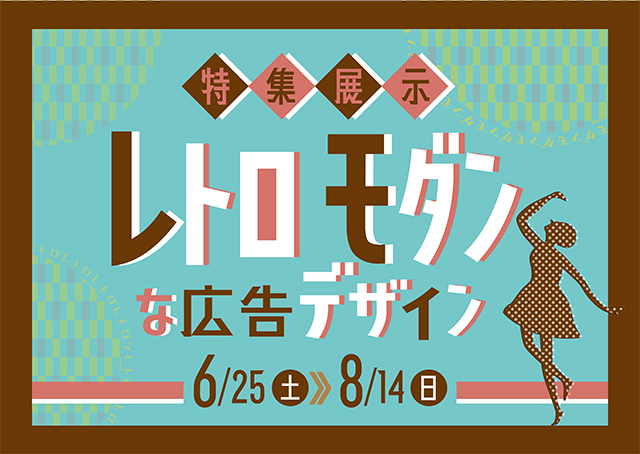
-
종료
Special featured exhibition
Retro Modern Advertising Designs
June 25 (Sat) – August 14 (Sun), 2022
Various advertising designs have developed and progressed together with our lifestyle.
In order to make brand names, company names, and services appealing, technology and materials of the time were used to incorporate ideas filled with originality and ingenuity―producing advertisements that varied widely in their modes of expression. This has led to the creation of Japan’s current advertising culture.
The exhibit introduces various advertising designs which hold special charms that can’t be found today.
-
-
종료
Special featured exhibition
Time Travel
~A Modern Trip to Gifu~April 29 (Friday/Holiday) − June 19 (Sun), 2022
Through picture postcards and travel brochures from the years 1900 through 1930, enjoy a trip to Gifu that makes you feel as though you’ve time traveled into that time.
A photo of Gifu Station built in 1913.
This station was originally Aichi Station (discontinued in 1909). It was reconstructed upon the relocation of Gifu Station―which first opened in 1887. The station was used as a gateway to Gifu Prefecture by many until it burned down during the Gifu bombing on the night of July 9, 1945.
-
-
종료
Special featured exhibition
The Wandering Painter, Minomushi Sanjin
March 12 (Sat) − April 24 (Sun), 2022
Minomushi Sanjin (1836−1900), otherwise known by his given name Toki Gengo, was born in Musubu village in Mino Province’s Anpachi district. Upon the death of his mother in 1849, Gengo left his hometown at the young age of 14. Taking on a nomadic lifestyle, he traveled all throughout Japanese archipelago―spending much time in the northeast. At age 21, he began to use the name Minomushi.
Minomushi Sanjin often painted during his travels. Although he is said to have studied “Nanga”, a southern school of Chinese painting popularized in the Edo period, his works lack the technical maturity of a professional painter. However, the unrefined and casual characteristics of his paintings are also what make them charming. At this exhibition, the allure of Minomushi’s works are shared through a collection owned by the museum.
The image above depicts Minomushi painting at Choshoji Temple―a Soto Zen temple located in what’s currently Aomori Prefecture’s Hirosaki City. The image below was painted during a visit to the Motosu district in his later years. Minomushi’s works are valued as historical records as they showcase the landscapes of his time.
2021년도 전람회
-
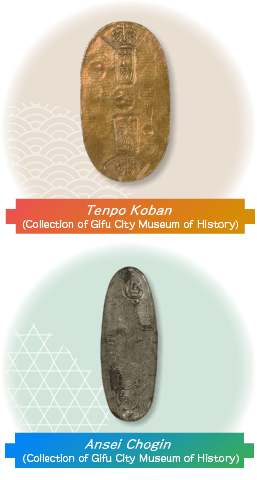
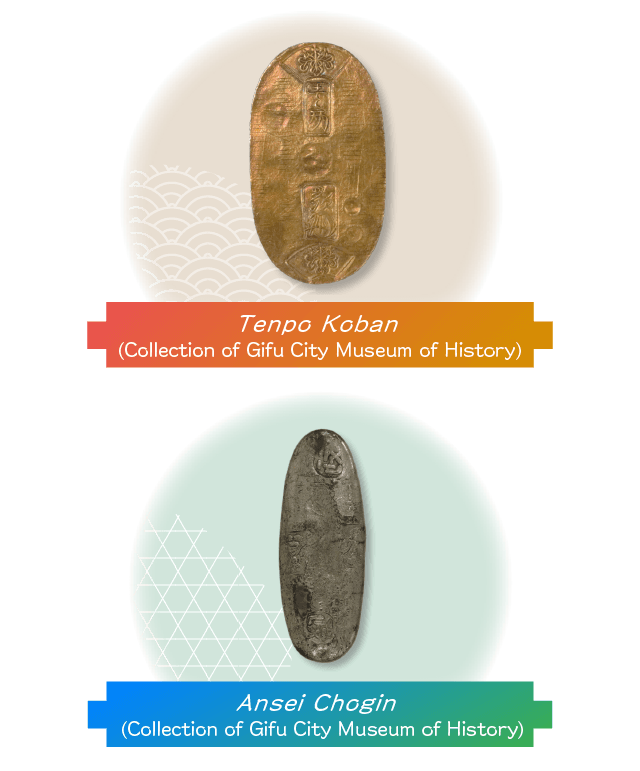
-
종료
Special featured exhibition
How much are these?
― Currencies in the Edo periodJanuary 22 (Sat) – March 6 (Sun), 2022
There were three types of currencies used: kinka, ginka and senka (gold coins, silver coins, and small coins). In addition to those 3 types, there were various types of paper money issued by the daimyo (feudal lords), merchants, temples, etc. This exhibit explains how money was used back then,through looking at currencies used in and around Gifu and household account books.
-
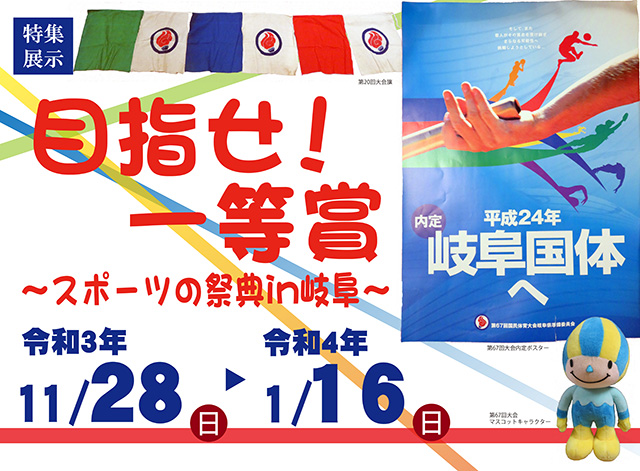
-
종료
Special featured exhibition
Go for the first prize!
Sports Festival in GifuNovember 28 (Sun), 2021 – January 16 (Sun), 2022
In the summer of 2021, the second Summer Olympic Games were held in Japan and many people enjoyed watching them live on TV.
Sports were introduced to Japan during the Meiji period, after they were developed and integrated based on the rational ideas of modern Europe. The rules and equipment are standardized beyond races, religions and borders. Track and field, rowing, baseball, etc. became popular. The foundation for club activities and sports festivals were established, while sporting events were gradually developed, which still to this day.
In this exhibition, we introduce a history of sporting events that took root over a wide range of generations, focusing on the two Gifu National Sports Festivals (known as Kokutai) held in 1965 and 2012.
-
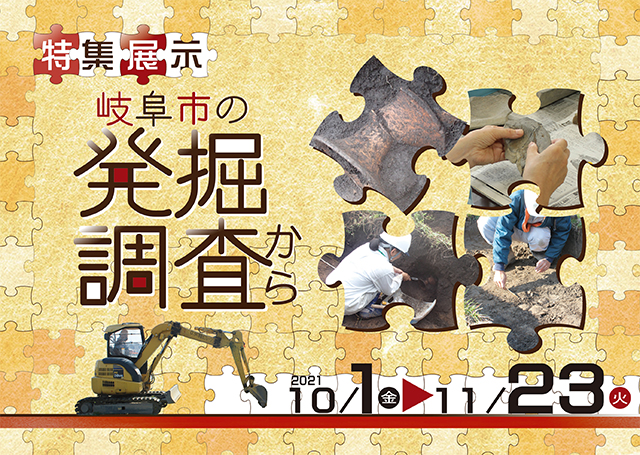
-
종료
Special featured exhibition
From excavation research
in Gifu CityOctober 1 (Fri) – November 23 (Tue/Holiday)

A lacquer bowl, excavated from Akanabehongo B site An “archaeological site” refers to a place where people lived in ancient times. In Gifu City, about 280 archaeological sites have been confirmed, including tumuli, ruins of villages and castles. The word “archaeological sites” might give you an impression of excavation, however, not all of them are excavated.
Archaeological sites may be subjected to academic research, but sometimes, they are destroyed due to development, when there is no other choice. Before they are destroyed, the records of the sites are created by excavation research in order to pass down the contents of the sites to future generations.
In this exhibition, we introduce recent excavation updates from research conducted so far. We also introduce the process from the excavation to the completion of the report.
-
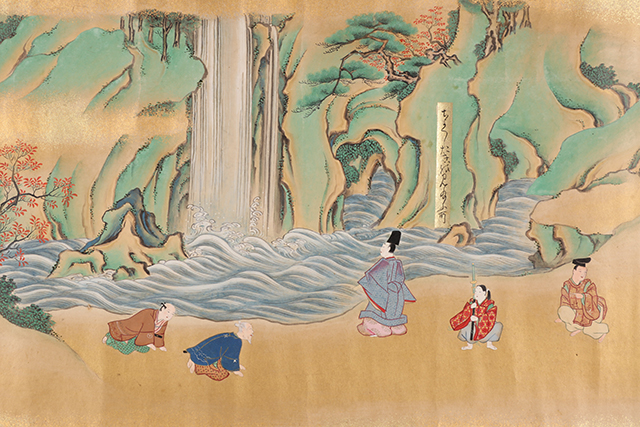
-
종료
Special featured exhibition
“Yoro monogatari emaki” (Illustrated Scroll of the Tale of Yoro)
July 31 (Sat) – August 29 (Sun), 2021
This exhibition showcases Yoro monogatari emaki (Illustrated Scroll of the Tale of Yoro) owned by the Gifu City Museum of History. Based on “Koshi Monogatari” (The Tale of Koshi) concerning Yoro Falls, the scroll is thought to have been produced during the early and middle Edo period (17th – 18th century).
Costumes for Noh chant “Yoro” are currently displayed at the special exhibition. The chant “Yoro” was produced by Zeami based on the Tale of Koshi. The story in the scroll is not exactly the same as the one in “Yoro” (The Nochi-Shite* of the mountain god does not appear), however you will enjoy Noh's world even more comparing them.
Unlike other illustrated scrolls, this only consists of illustrations. It does not have “kotobagaki” (text) to explain the illustrations, which implies that the Tale of Koshi was so well-known that text was unnecessary. Even though the author is unknown, the painting style implies that it was someone who had studied the Tosa School of painting which focused mainly on “Yamato-e” (a traditional style of Japanese painting).
*Nochi-Shite: leading role in the latter half of a Noh play
-
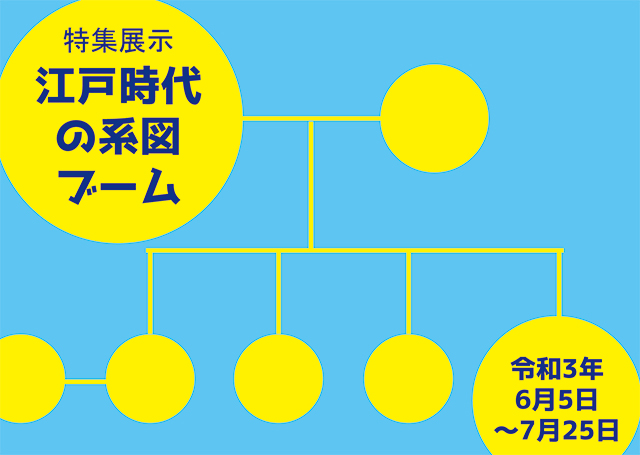
-
종료
Special featured exhibition
Genealogy boom in the Edo period
June 5 (Sat) – July 25 (Sun), 2021
People in the Mino region during the Edo period valued family lineage and history. It is believed that this was because of “kashira-bun-sei,” the class system unique to the Mino region. The “Kashira-bun-sei” class system divides hyakusho (peasants) into the ranks of kashira-byakusho (high-ranking peasants) and waki-byakusho (low-ranking peasants). In the mid-Edo period, however, some waki-byakusho tried promoting themselves to kashira-byakusho, and this led to checking family history.
The special featured exhibition showcases the family trees and family history records, focusing on the background of creating those records, and the Mino-region’s cultural characteristics.
-
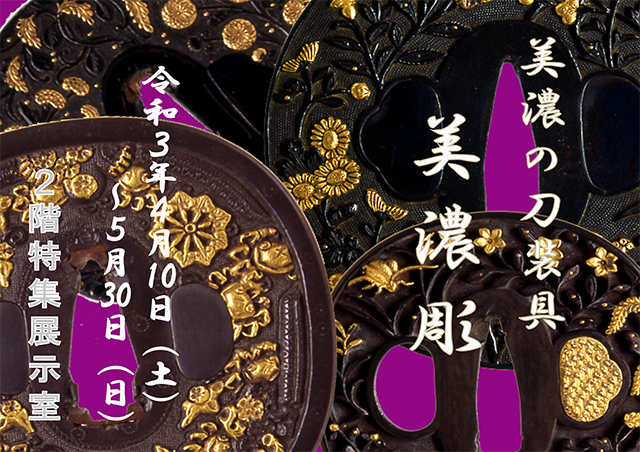
-
종료
Special featured exhibition
Mino carving: Accouterments of swords in Gifu
April 10 (Sat) – May 30 (Sun), 2021
The works of “Mino carving” among our collection are displayed.
A sword mounting (koshirae) includes fittings such as a sword guard (tsuba), hilt ornaments (menuki), and a small tool (kogai) attached to the sword sheath for hairdressing and ear cleaning. In the Edo period, sword fittings called “Mino-bori (Mino carving)” were created mainly in Gifu. Etching deeply into red copper on a black background, autumn plants and insects are frequently used for design, decorated with gold. Despite the garishness of the decoration, many of them create a subtle and melancholic atmosphere which is another feature of Mino-bori. These elaborate fittings do not stand out when wearing a sword, however, one can say that it was a way for samurai to demonstrate dandyism.
2019년도 전람회
-
종료
Special exhibition
Yasunari Kawabata and Kaii Higashiyama: their beauty and literature The second exhibition site
April 5 (Fri) – May 26 (Sun), 2019
-
종료
Special Featured Exhibition
The 130th anniversary of Gifu City: the Past and Present – from Meiji era to Reiwa era –
June 7 (Fri) – July 15 (Mon/Holiday), 2019
-
종료
Special Featured Exhibition
Tumuli in Gifu City
July20 (Sat), 2019 - September 23 (Mon & Holiday), 2019


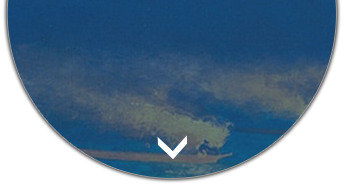
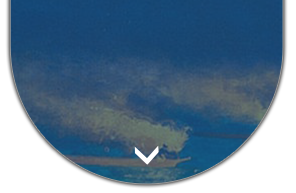
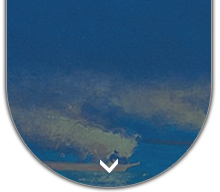
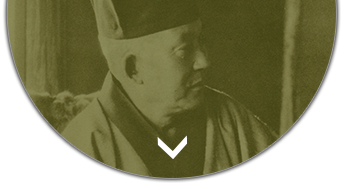
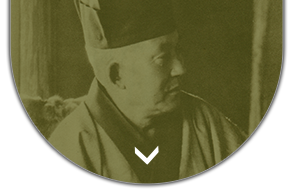
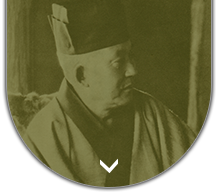


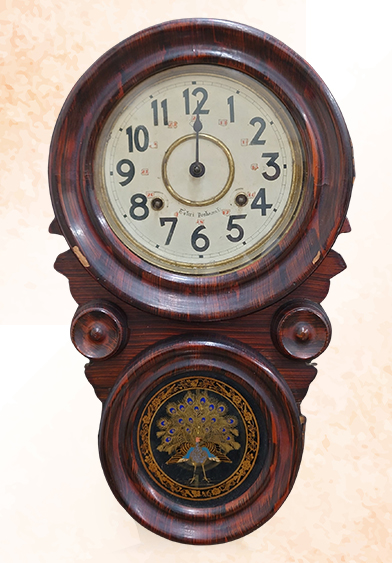
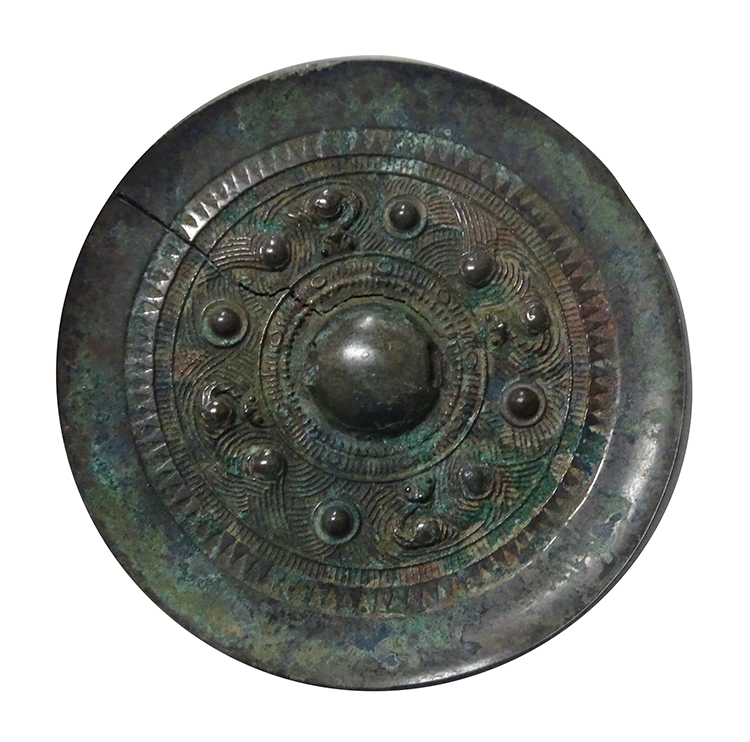
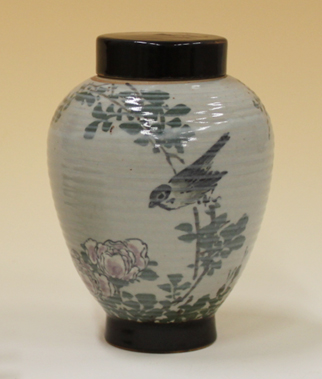
![Golden Bat (The Advancing Japan Grand Exposition [Yakushin nihon daihakurankai] Commemorative Tobacco) Released in 1936 Owned by Gifu City Museum of History](https://www.rekihaku.gifu.gifu.jp/gmh/wp-content/themes/rekihaku/img/exhibition/feature/package2023.jpg)
